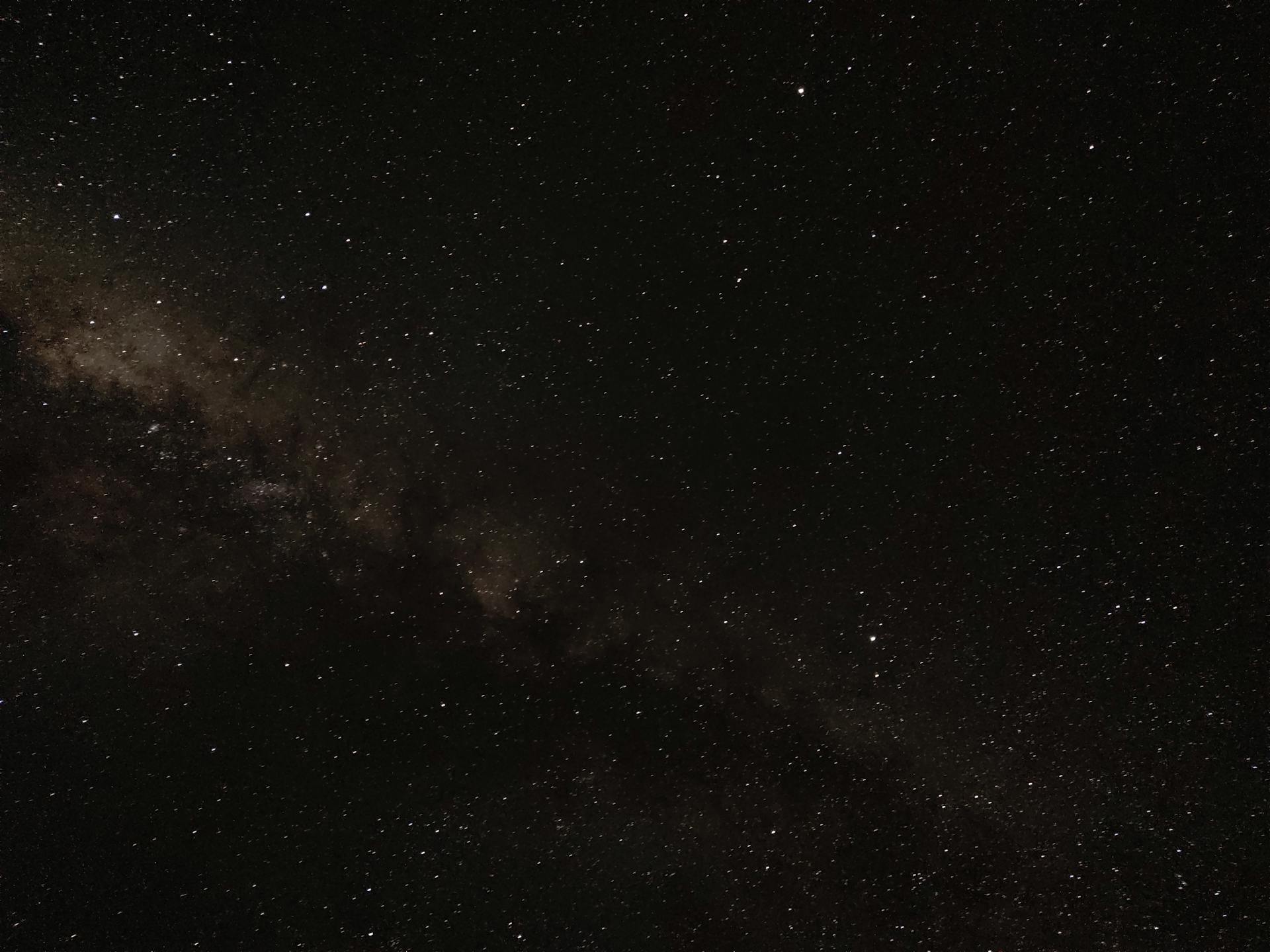In an alternate reality where the Earth is flat, aviation operates under a completely different set of rules. Gone are the great circle routes and the curvature calculations—pilots navigate a vast, disc-shaped world where the edges remain shrouded in mystery, and flight paths follow strange, uncharted trajectories.
This is the story of Captain Elias Vorne, a veteran pilot of the Trans-Discordian Airlines, and his most bizarre journey across the flat expanse of the world.
The Theory of Flat Earth Flight
In this fictional world, scientists and navigators long ago dismissed the idea of a spherical Earth. Instead, they mapped the skies based on the belief that the planet was a flat plane, encircled by an impenetrable ice wall and crowned by a domed firmament.
Flight paths, therefore, did not account for Earth’s curvature because there was none. Instead, pilots relied on “azimuthal navigation,” a system where all routes were plotted as straight lines from one point to another, adjusted only for the mysterious “celestial drift”—a phenomenon where the sun and moon’s movements subtly altered compass readings over great distances.
Long-haul flights were particularly strange. Since the Earth had no curvature, planes flying “east” or “west” would theoretically never loop the globe but instead reach the icy perimeter—if they dared to fly that far. Most commercial routes avoided the edges, sticking to the safer, well-traveled central regions.
Captain Vorne’s Impossible Flight
On a routine flight from the bustling hub of Centropolis to the distant coastal city of Solmara, Captain Vorne and his crew encountered something inexplicable.
Their standard flight path should have taken them in a straight line over the Midland Sea, a journey of about six hours. But halfway through the trip, the plane’s instruments began behaving erratically. The compass spun wildly, and the altimeter indicated they were descending—even though they remained at a steady cruising altitude.
First Officer Lira Chen checked the charts. “According to azimuthal projection, we should be over open water. But the radar shows… land?”
Captain Vorne frowned. “That’s impossible. There’s no landmass here.”
Yet, through the cockpit window, an unfamiliar coastline emerged—a jagged stretch of black sand and towering obsidian cliffs, completely absent from any map.
The Phantom Continent
As the plane continued, the crew realized they had stumbled upon a landmass that shouldn’t exist. Radio communications were dead. GPS signals—which in this world relied on a network of high-altitude “sky beacons”—had failed entirely.
The passengers remained oblivious, but the flight crew knew something was deeply wrong. Had they crossed into some uncharted zone? Had the flat Earth’s mysterious “celestial drift” warped their path beyond known navigation?
Captain Vorne made a decision: they would turn back. But when they banked the plane, the landscape outside shifted unnaturally, as though the world itself was resisting their course correction.
The Edge of the Map
Hours passed, yet fuel levels remained unchanged. The sky outside darkened into an unnatural twilight, though their instruments claimed it should still be midday. Then, the most terrifying sight of all appeared on the horizon—a vast, shimmering wall of ice, stretching infinitely upward.
The fabled “Ice Perimeter.” The edge of the world.
No pilot had ever flown this far and returned to tell the tale. Yet here they were, inexplicably drawn toward it. Just as the plane seemed destined to collide with the barrier, the instruments suddenly reset. The compass stabilized. The phantom landmass vanished.
And just like that, they were back on course, approaching Solmara as if nothing had happened.
The Aftermath
Upon landing, Captain Vorne reported the incident, but authorities dismissed it as a navigational glitch. The official explanation? A rare “azimuthal mirage,” a phenomenon where atmospheric conditions could temporarily distort flight paths in the flat Earth’s unique geometry.
But Vorne knew better. He had seen the edge. He had witnessed the uncharted.
From that day forward, he avoided long-haul flights, sticking to short routes where the world still made sense. Yet sometimes, in the quiet hum of the cockpit, he wondered:
What else lies beyond the maps?
And more importantly—who, or what, doesn’t want us to find out?


Leave a Reply